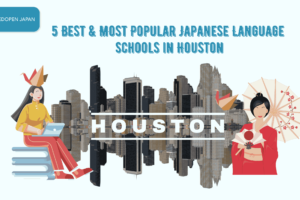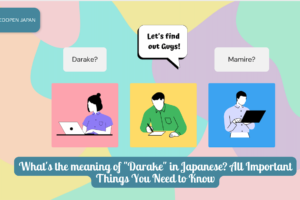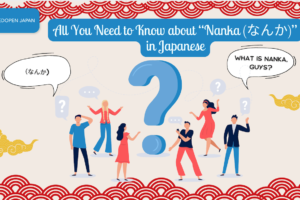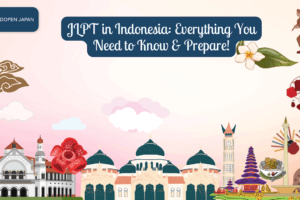Have you ever heard of the word “Mimikaki (耳かき)”? If you live in Japan, you have surely come across the ear-cleaning scoops “Mimikaki [耳かき]” used for the horrific practice of “Mimi souji [耳そうじ]”.
The difference between Japan and most Western cultures is the hygienic practice of ear cleaning. The Japanese love to clean their ears, and cleaning a child’s ear is a sacred moment, similar to breastfeeding.
While in the West most people use a cloth, cotton swabs, or regular irrigation, the Japanese have a special tool that most people use called “Mimikaki (耳かき)”. “Mimikaki may seem strange to foreigners, but they can be comfortable and relaxing.
In addition, if you are currently studying Japanese language and culture, check out our recommendations below to improve your understanding of some phrases and how to express things appropriately in Japanese.
Read also:
Japanese Honorifics: San, Chan, Kun, and Other
What’s the meaning of “Darake” in Japanese?
The Basic Japanese Greetings
Contents
What is “Mimikaki (耳かき)”?
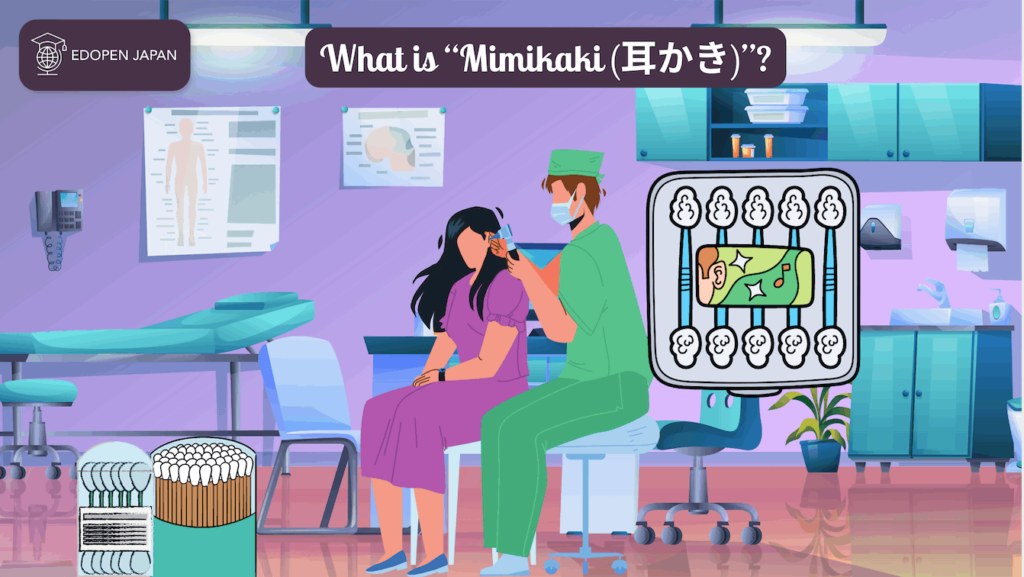
“Mimikaki [耳かき] is an ear pick with a small scoop on one end for cleaning the ear. “Mimi 耳(みみ)” is “ear” and “Kaku 掻(か)く (kaku)” is “to scratch, scoop, scrape” – hence, “Mimikaki 耳掻き (mimikaki)”.
A traditional “Mimikaki 耳かき” is made of bamboo and has a down puff on the other end to give the ear a final dust-off. The ear pick is more common in East Asia because Asians tend to have dry earwax while other ethnicities have wet earwax.
In Japan, we have a custom of mothers cleaning their children’s ears. The child would put his head on his mother’s “Hizamakuraひざまくら (lap pillow)” and the mother would scoop away. Since after many Japanese grow up, this “Hizamakura” is considered as one of the expressions of affection in a way, in place of a hug or a kiss. Some couples use this as one of the expressions of affection in Japan.
The Origins & Culture of “Mimikaki (耳かき)”
Ear cleaners have been around for over 1000 years in both Europe and Asia, but in Asia they were typically made of bamboo with a sharp point that scraped upward. In Japan, there is a strong cultural aspect of “mimikaki” that begins with the mother placing her children on her lap and regularly cleaning their ears.
This type of care creates an important physical bond between parent and child. There are even relaxation parlors in Japan where a customer can spend 30 minutes or an hour having their ears cleaned by a woman dressed in a kimono to relive these memories.
The first thing that surprises foreigners when they come to Japan is the number and variety of Japanese “mimikaki [ear cleaning]. Japanese people clean their ears more often to a degree that is more “hereditary” than “traditional. There may be several reasons for the difference between frequent and infrequent ear cleaning.
Differences in the tools used to clean the ear
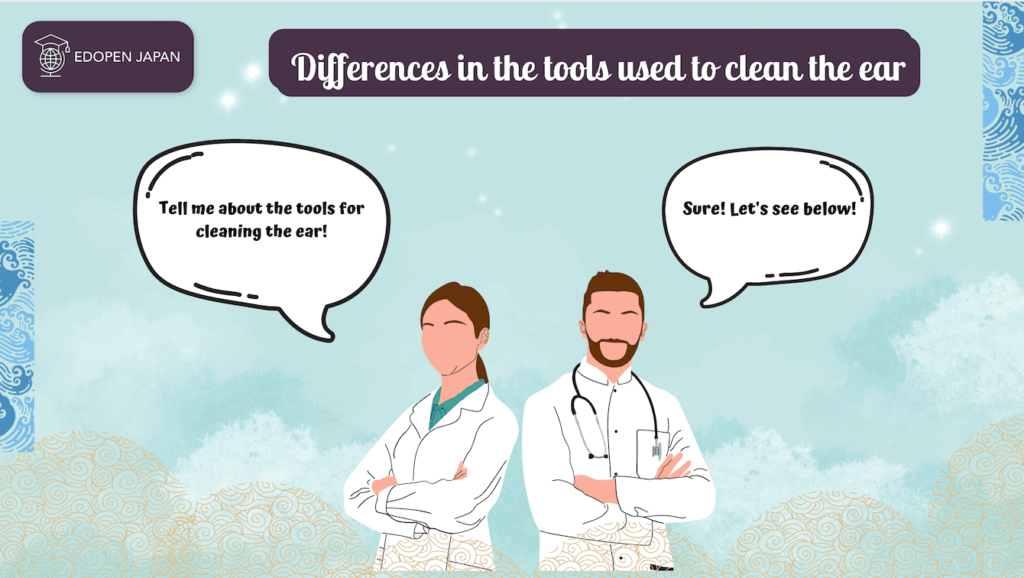
There is dry and wet earwax, and the latter wet earwax accounts for 90% of people. It’s no wonder that people all over the world are wondering, “What is dry and lumpy earwax?
First, Japanese earwax is not the same as other countries’ earwax. East Asians (and Native Americans) have a dry, gray type of wax, whereas on the other side of the world – Europe/Africa – you’ll find we have the most orange gunk. It’s something to do with ancient climates.
In addition to Japan, people in East Asia and India, where there are many people with dry earwax, mainly use stick-shaped tools to clean their ears. The mainstream of ear cleaning tools in the world is “cotton swab”.
Other than this cotton swab, you can also use a dropper, suck it up with a candle or use a chemical to flush it out. However, it is a fact that many people feel that “something is not refreshing” with these methods.
In Japan, experts say the frequency of ear piercing should be about once a month. In this case, we recommend the old-fashioned bamboo earpicks, which are also sold in 100-yen stores, instead of cotton swabs. Bamboo is elastic and not sharp, so it is a good tool to put in your ears.
“Mimikaki (耳かき)” as a souvenir
Japanese earpicks come in all shapes and sizes that go beyond the concept of a simple hygienic tool. If you search for images, you will find all types, including those with built-in LEDs, those with anime characters, those that follow fashion, and those that are likely to be mistaken for tools that dentists use for treatment. It seems to be a surprise.
Some types of earpicks with multiple spoons and wires emphasize the point of “how much earwax can be removed”. It is not known to the world that earpicks are no longer used only when “ears itch and hearing is poor,” but as a part of life that should be used for refreshment and healing.
The varieties of “Mimikaki
There are several types of mimikaki available in Asia, and some that have been recently developed in Japan are quite high quality. Some of the more common types include
(1) Bamboo
The original “mimikaki (耳かき)” in Asia has been in use for over 1,000 years, if not much longer. Essentially a stick that has been smoothed out, these will eventually crack and scratch so need to be replaced regularly. These are still available today, but are being replaced by more modern types.
(2) Plastic
This type is essentially the same shape as the bamboo, but is slightly cheaper and does not crack as easily. These are the cheapest type for a reason and can still scratch the ear if not used carefully.
(3) Metal wire
In Japan, “mimikaki (耳かき)” have continually evolved in shape from traditional scoop shape designs to the latest styles that implement multiple wire designs in cylinders or multiple prongs. These mimikaki are now more of a cross between a cleaning and massage tool and can be quite enjoyable to use.
The ends are designed to fit multiple ear shapes perfectly. Metal wire mimikaki are safer to use than standard bamboo mimikaki as all edges are smooth and rounded.
The use of mimikaki (耳かき) in Japan
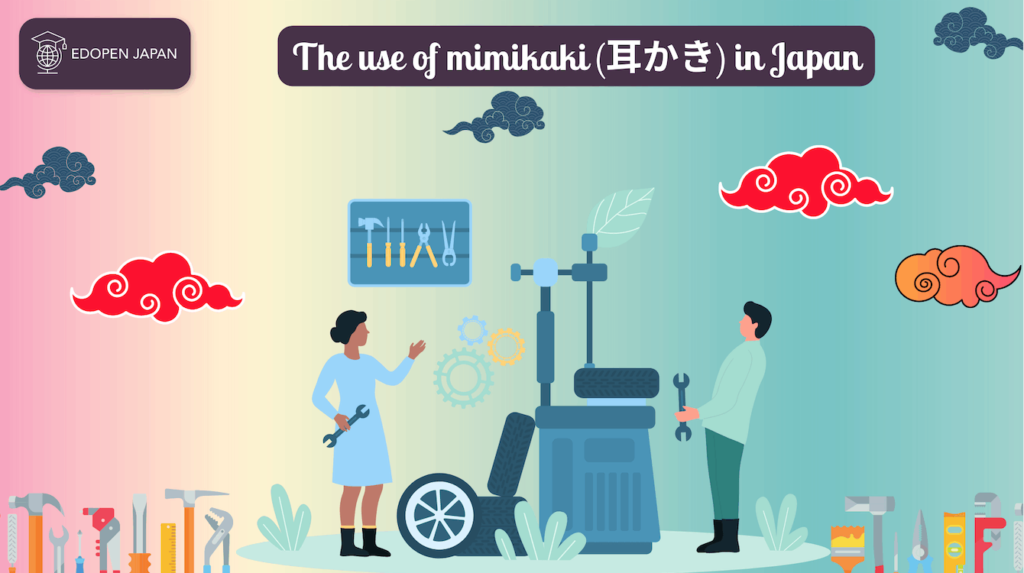
Cleaning the ear is a very delicate process and should always be done with care. This is especially true when using the traditional bamboo or plastic mimikaki, which can have rougher edges. With the metal mimikaki, what you want to do is gently scrape along the edges of the ear to remove the wax. There is no need to apply pressure and be careful not to go too far into the ear canal.
One advantage of the Mimikaki over something like a cotton swab is that you will not push the wax further into the ear because these designs are thinner. Mimikaki can be used in a variety of places, but many prefer to use it in the bath or shower for privacy.
In Japan, some families also clean the ears in the living room while chatting or watching television. It is usually best to avoid using it in public places, but you may occasionally see someone using it in the office in Japan. My boss sometimes does “mimikaki” himself at his desk.
All the great tips you need to know about “mimikaki (耳かき)” in Japan
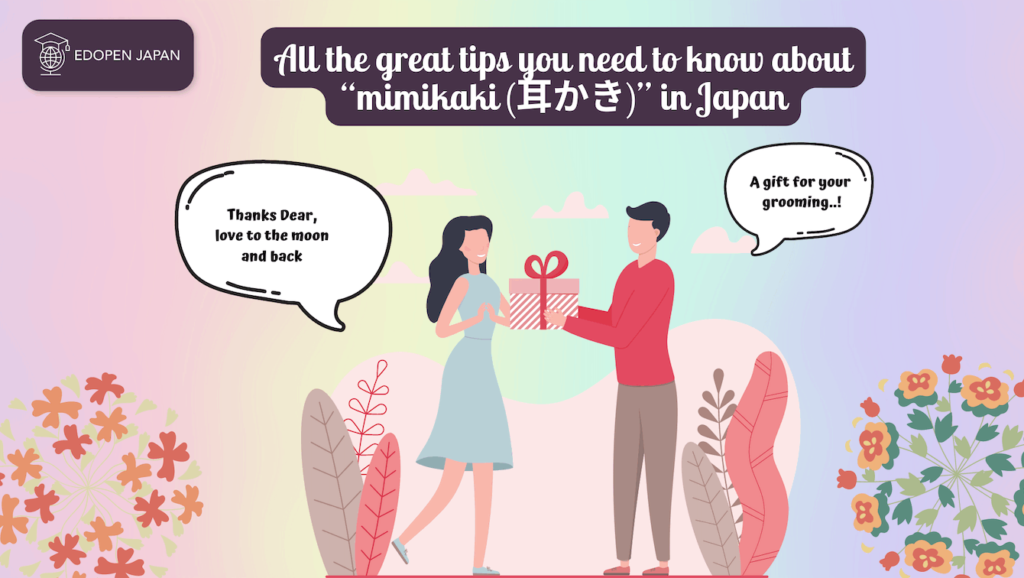
(1) “Mimikaki (耳かき)” as a care for the family
It is very common in Japan for mothers to clean their children’s ears, and the act of “cleaning the ears” is also part of the kinship between parents and children, and grandparents and grandchildren. Some women clean their ears for their lovers and their husbands even after they have grown up.
Of course, as in the major countries of the world, Japanese otolaryngologists can also clean your ears as a medical practice.
However, Japanese people, who have had their ears cleaned by their families since childhood, are not very familiar with having their ears cleaned by a doctor. One of the reasons the world is surprised is that ear cleaning in Japan is not limited to medical practice.
(2) How to Buy “Mimikaki (耳かき)”
“Mimikaki are available almost everywhere, from grocery stores to department stores, so you should have no trouble finding one if you ask. Because of the interesting varieties available, mimikaki are now also popular as gifts or souvenirs.
If you want to see the largest variety of mimikaki in one place, Tokyu Hands is the place to go. Tokyu Hands will have the “Nonoji” varieties of mimikaki that can be seen in the pictures in this article. The “Nonoji” brand is trusted in Japan and has sold over 3.5 million metal mimikaki in the past 10 years.
There are now even more reasons to use metal “mimikaki” over other ear cleaning methods, as the brand Nonoji (ののじ) continues to release interesting types and designs of mimikaki. You can find these Nonoji mimikaki in many fashionable varieties, including pocket-size models, flashlights, favorite characters, and more. The price can be around JPY 2,000, but these types of “mimikaki” will last a lifetime if taken care of properly.
(3) “Mimikaki (耳かき)” as a service to the customer
What is strange to people all over the world is that there are many shops in Japan that offer ear piercing as a customer service! The purpose is not medical such as otolaryngology, but “relaxation” or “beauty”. In Japan, there are shops mainly in the city center, and they are called “Earpick beauty salons” and “Ear beauty salons”, etc.
There are two types of shops, and in the shops that mainly focus on “cosmetology and beauty treatments”, earpicks and cotton swabs soaked in the special lotion are used, and the treatment is performed while looking inside the ears with a scope or the like. The other is a “knee-shaped” shop that focuses mainly on relaxation.
There are many “ear cleaning shops” in Tokyo, Akihabara, etc., where you can also get ear massage and shoulder massage together, and another shop can clean your ears while an esthetician looks at them. There is also a service where you can drink tea beforehand. I
n addition to ear piercing, massages for shoulders, head, back, etc. are also included as a set, and there are many courses such as 30 to 180 minute course, sole course, eye strain course, etc. There is a fee of about 3,000 yen for 30 minutes of ear cleaning.
Of course, it is not limited to those for men, but there are also those that are offered as an optional service at barbershops and those that are offered as “ear aesthetics” with facial and shoulder massage. If you come to Japan, you should go and experience a great “mimikaki” shop. You will feel more relaxed!
Summary
Finally, we can summarize this article in the following points:
- “Mimikaki [耳かき]” is ear-picking in Japanese and is the same as “Mimi souji [耳そうじ]” and compared to other countries, Japanese do “Mimikaki” more often.
- In Japan, there is a strong cultural aspect of “mimikaki” that begins with the mother placing her children on her lap and regularly cleaning their ears.
- There are several types of “Mimikaki” tools in Japan, and main are “Bamboo”, “Plastic” and “Metal”, and we can buy them anywhere like conveniencestore.
- Interesting varieties available “Mimikaki” are now quite popular as gifts or souvenirs and the most famous one is “Nonoji” Mimikaki.
- There are many stores in Japan that offer ear piercing as a customer service! And it is for “relaxation” or “beauty”. Also get ear massage and shoulder massage together and other shop can clean your ears while looking at them as an esthetician.


